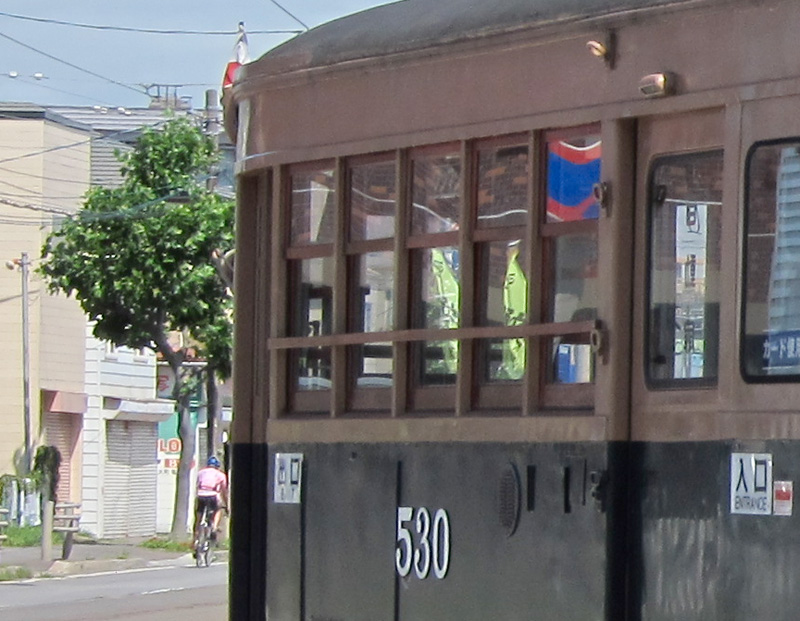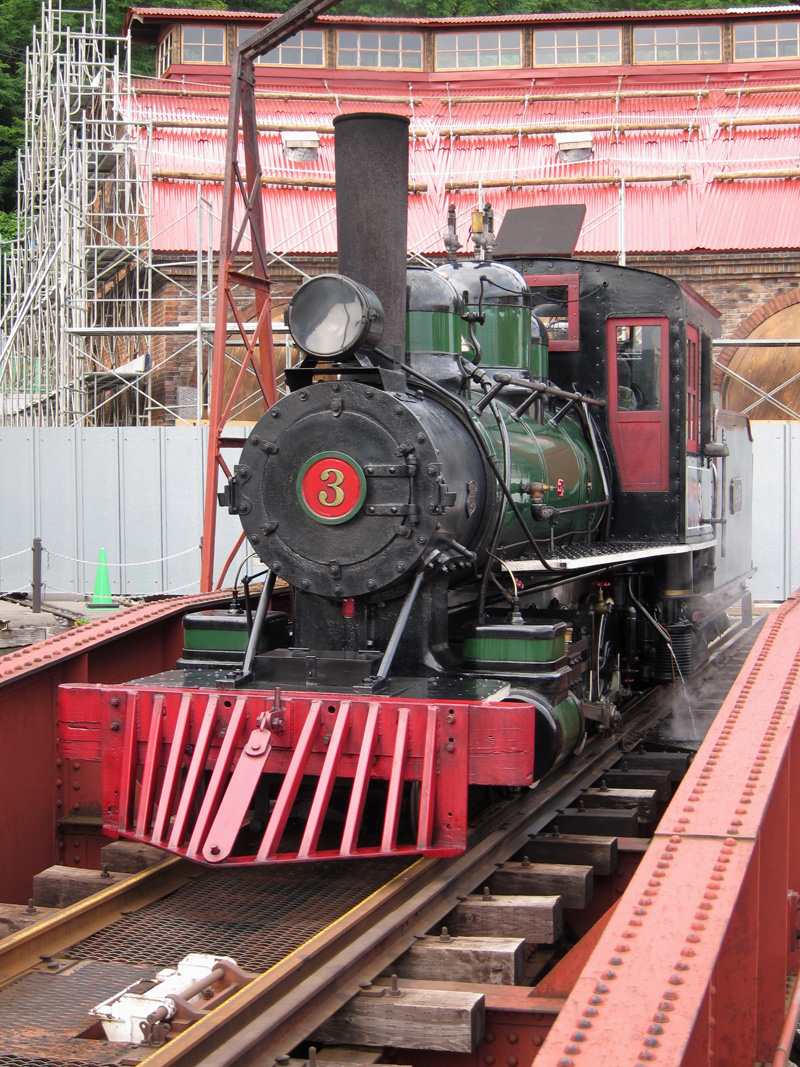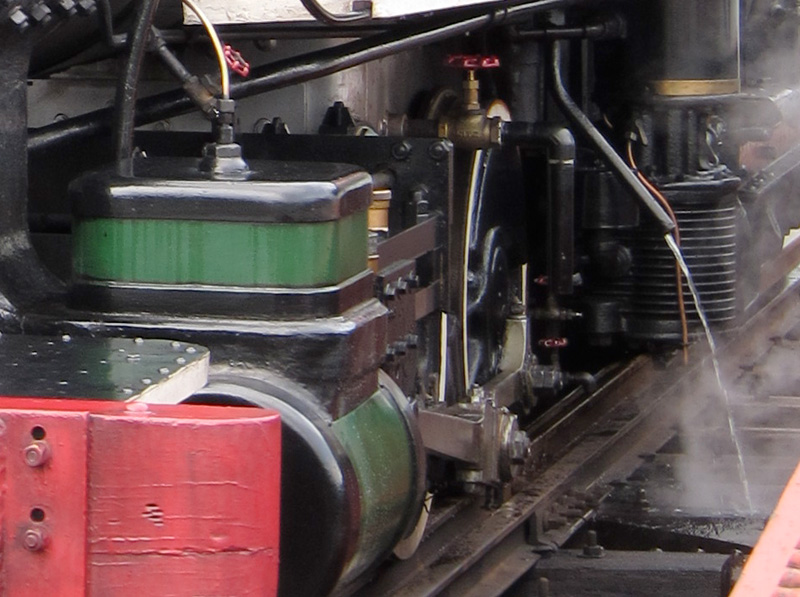Commercial links
A few commercial links first, in case you are intending to pre-order three M9s (two for yourself and one for your spouse) and you want to shoot us a little lucre too! Woot-woot.
B&H Photo and Amazon.co.uk are not taking pre-orders yet, so these links are limited to Amazon.com.
Published reviews so far
Links limited to sites and writers who have evidently seen, handled, and shot with the camera. One nice side effect of the camera's simplicity is that these "first looks" are mostly mercifully brief (with the exception of Sean Reid's).
• Michael Reichmann's Leica M9 Review on The Luminous-Landscape. Sample: "At about $6,000 the now discontinued M8.2 seemed very expensive. But, because the M9 is a higher resolution full frame camera, at about $7,000 it no longer is priced that far out of line with other top-of-the-line full-frame 35mm cameras such as the Nikon D3x at $8,000 and the Canon 1Ds MKIII at $6,500. One can argue that one gets 'more' camera for the money with these Nikon and Canon models, but does one get a 'better' camera or 'better' image quality? That's a question that only each photographer can decide based on his or her own needs and experience."
Michael's Leica S2 review will be posted on L-L tomorrow.
• Phil Askey''s Leica M9 and Hands-On Preview on DPReview. Sample: "Full disclosure—personal bias: Before the M8 review I had no experience of rangefinder photography, something I considered relegated to history. During the review process (and thanks to input from those who had used rangefinders before) I gradually began to ‘get’ the advantages, being better ‘connected’ to the subject thanks to the huge bright viewfinder, and being forced to focus manually, always select the aperture, and think more about the shot. Not to mention in the case of the M8, the look from those gorgeous prime lenses (amazingly sharp at the point of focus fading smoothly to silky bokeh). Hence not long after posting my review I bought an M8 for myself (along with a bunch of lenses), and ever since (and unconsciously) all of my personal favorite photographs have come from the M8."
Full props to Askey for being up-front with this, by the way. A mark of a mature reviewer, in my opinion. The audience needs to know where you stand in order to judge how you view things.
• Sean Reid's Leica M9: Part One on Reid Reviews. (Note that Reid Reviews is a pay site, so the review won't be available to you unless you already subscribe or are willing to start.) The longest of the initial reviews—Sean does go on (like I should talk)—but also has the best sample pictures and several comprehensive tests of things such as IR sensitivity the other reviewers only mention in passing or else put off for the future. Features a short section by Yale's Tod Papageorge at the end.
Sample: "...A camera exists to make photographs, and the most consistently available way of making strong and, possibly, remarkable photographs (at least for those interested in drawing a possible poetry out of the rush and pleasures of our daily lives) is with a Leica—which, as of today, effectively means the M9." (Tod Papageorge)
• Jono Slack's Leica M9 Words and Pictures. Starts off disclaiming that it's a review at all. Jono used an M9 disguised as an M8 all over Europe for a month prior to the launch, despite which, you might find his pictures quite uneven.
Sample: "I was in a shopping centre in Norwich, and a small but elegant elderly man came up to me and said 'I’ve never even held an M8, please could I?'—of course, I had to say yes, at which point he thrust out his wallet...'just in case I run off with it,' he said! It had a 35mm lens on. He held it to his eye, and immediately said 'but this seems to be full frame,' I had to tell him that it wasn’t, and he looked confused and a bit miffed. It turns out that he worked for many years taking measurably accurate large format shots of cathedrals and other public buildings marked up for stone masons to work from, so it was hardly surprising that he could recognise full frame when he saw it! At any rate, he fell in love with the camera, and said that he planned to buy one later in the year. If he ever reads this I’d like to send him my best wishes, and apologise for not telling him what he was holding on to!"
• Erwin Puts' Leica M9: the digital M7? Written with Erwin's usual deep insight into Leica history and the Leica line as a whole. Sample: "The M8 camera versions can be interpreted as a bridging act between the M7/MP and the future digital versions of the M line. In the evolution of the M line the M8 is a necessary step, and required for learning the engineering and software requirements for solid-state cameras. But as biology dictates the environment changes and then you have to adapt or die. Does this imply that the M8 buyer has been used as money and experience suppliers for the Leica R&D department. In a sense this question has to be answered affirmative, but we may with some justification also state that the Leica community is used to small evolutionary steps and is very quality conscious. In 2006 the M9 would be impossible to manufacture and to be honest I like the M8 sensor size as it forces me to be very critical about scene selection and composition."
• Focus Numerique's Leica M9: Catch in Hand. A hands-on in French, but with some illustrations including an ISO comparison.
None of the other usual suspects seem to have seen the camera yet, although I'm sure I'm missing a few who have.
A bit of an iconoclastic perspective from our friend John C. will be posted here tomorrow (...he mentions casually, twirling the ends of his Snidely Whiplash moustache and laughing his evil laugh...).
Mike
Featured Comment by Andy: "Another review posted yesterday." [Note: The author of the linked review is a Leica dealer. Which doesn't make it uninteresting or not valid, but it's why I didn't post it with the journalistic reviews. —Ed.]
Featured Comment by Howard French: "What must said about this early group of 'reviews' is that the writers were all most assuredly very carefully selected by Leica, presumably on the assumption that they would write 'friendly' dispatches about the new camera. Leica will not have been disappointed by all of the present gushing, either.
"I do not say this out of churlishness. For better and worse, I am an M8 owner. I want very much for the M9 to be a success. I also, however, keenly remember how this murky business of what I'll call 'in-group' reviewers steered a lot of people badly wrong about the not-inexpensive M8.
"There were few if any adequate warnings and in most cases no warnings at all from this crowd about the very substantial shortcomings of the M8.
"When some of these very same reviewers were subsequently forced to acknowledge major issues, such as the handicapped IR design, requiring outboard filters for lenses, software issues, shutter noise, battery issues, frameline woes—and I could go on and on—they expended a great deal of energy on their sites and on other forums essentially making allowances for Leica and for the M8, judging that these problems were a small price to pay for this great new camera, with its great 'files quality.' Would that their readers have been placed in a position to make such judgments for themselves, fully armed with thorough and objective reviews prior to purchase. This should not be construed as an attack on Leica, on the M8 (or M9) or even on the reviewers, whom one deliberately leaves unnamed.
"It is, however, an attack on the troubling coziness that exists in this business that often passes off self-interested boosterism for journalism.
"As a start, one would like to see much greater disclosure about the relationships between these reviewers and their subjects, in this case, Leica."
Mike adds: I don't have much to add to what Howard has said, except to point out that a) I wrote a very skeptical review of the M8, and b) Leica didn't so much as email me a press release about any of the new products. Coincidence? Quite possibly....
By the way, Howard, whose work we have featured in the past, is a former Senior Editor of The New York Times and is now an Associate Professor at the Columbia University Graduate School of Journalism. His weblog is here.
Featured Comment by Erwin Puts: "Howard French is indeed absolutely to the point with his comments. Truly independent reporting is a scarce element in the current internet information explosion.
"The M8 had and has its problems, but the current analysis is about the M9, where a number if problems (IR, frame lines, etc.) have been reduced or even eliminated. The M9 is a definite improvement in functionality and handling flexibility. As I received my M9 much later than the American/British delegation who were on that three-day visit, I had only limited time to assess the quality of the camera. As my report notes: the basic quality of the M8 and M9 sensors on axis is the same. I also note that the off-axis performance needs to be studied, and so do other characteristics of the sensor. A lab report is required; I will provide one in two weeks' time. In the short time I had, I can only reflect on the more philosophical aspects of the M9. That the IR problem is not fully resolved is no surprise to me, as several high-end DSLRs also exhibit this problem. I also have to note—and this is really an important issue—that is it quite easy nowadays to show defects of whatever order of magnitude without anyone posing the question of their relevance. In the old days of AgX photography, the same and even more severe problems went unnoticed, as you could not seen them in print.
"The main question now is: you can seen defects on the screen at 100% and higher magnifications, but do we really see this also in print? All testers I am aware of look at screen images, not print images. The focus on analysis of screen images at high magnification is not necessarily the best method of assessment of image qualites at the printing stage. Assuming that a print is the final stage of the photographic process! My experience shows that many defects visible on screen are not relevant when printing the image."








